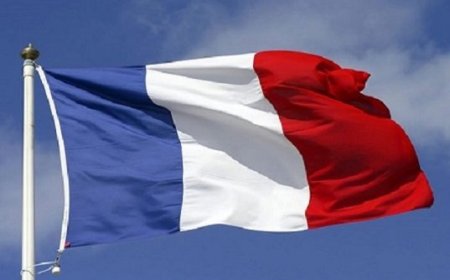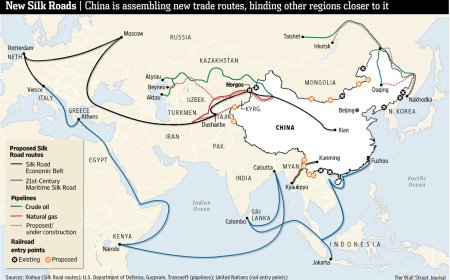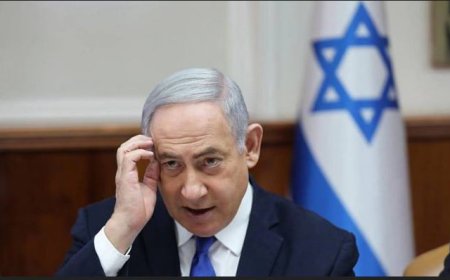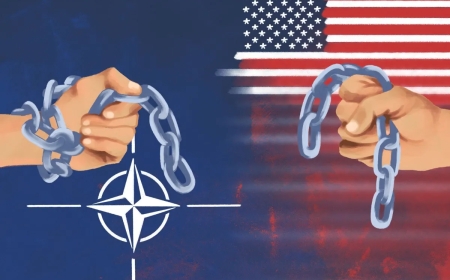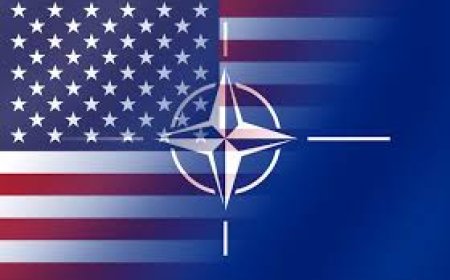Increase military spending in Europe by 30%
Increase military spending in Europe by 30%
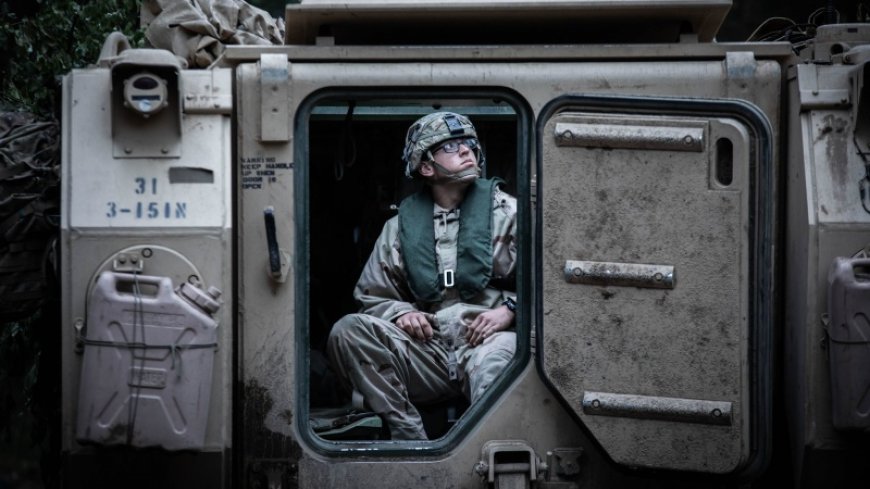
EU foreign policy spokesman Josep Borrell said opening the EU-India-Pacific Ministerial Forum: "EU military spending has increased by 30% since 2014." Borrell added: "This trend is typical for the Asia-Pacific region, where military spending increased by 40% compared to 2013, which is more evident."
An EU foreign policy spokesman said: "Currently, trust between the main players on the world stage is declining, and respect for international and multilateral laws is becoming less and less every day." Burrell's recognition of unprecedented growth in European military spending means that, on the one hand, security problems in Europe have become more colorful, and the old slogans in the field of depicting Europe as a green garden in a global forest, which he previously spoke of, have faded.
In general, military spending in Europe in 2022 even exceeded the level of the end of the Cold War. Over the past three decades, it has not been recorded that the indicator of this index has increased to such an extent. The war in Ukraine was the main reason for the unprecedented increase in military spending. “We want to spend money on hospitals and schools to improve the welfare of citizens, but if we do not support Ukraine, it will collapse in a few days. Therefore, we have no other choice but to spend all the money to protect Ukraine,” says Borrell.
Poland, the Netherlands and Sweden are among the countries that have made the largest military investments in their armed forces in the last decade, which has fundamentally changed the approach of European countries to the military and security, especially Germany, as the most important European country and the largest economy in Europe. after the Russian attack on Ukraine.
In fact, the war in Ukraine acted as an accelerating factor in the field of militarism in Europe. This war, considered unprecedented on the green continent since the Second World War, caused serious and profound changes in the military and power approaches and even in the weapons of European countries. A vivid example of this is the unprecedented increase in the military budget of the two countries, Germany and Poland, as well as the order of new weapons in America.
From the point of view of high-ranking German officials, this invasion showed that, contrary to the prevailing opinion that the likelihood of a classic war on the European continent was very low even after World War II, political and military developments made this unlikely. Therefore, in order to increase its military readiness to face current and future threats, especially from Russia, Berlin created a kind of jump in its military potential by allocating a budget of 100 billion euros. Interestingly, this amount is even higher than the standard set by NATO. This was welcomed in Washington, especially since the German government, in an unprecedented manner, even wanted to purchase a significant number of fifth-generation F-35 fighters from America.
On the other hand, the United States, as the leader of NATO, in accordance with its political, economic and security interests, not only encourages its European partners to send more weapons to Ukraine, fueling the fire of instability and uncertainty in Europe, strengthening its positions in it to the maximum. This provided the basis for the security and military dependence of an increasing number of European countries on Washington.
This especially implies huge profits for the US military-industrial complex through increased arms sales to European countries. The purchase of modern but very expensive military equipment, such as the American F-35 fighter, has been one of the main reasons for the increase in military spending in these countries. In addition, countries such as Germany, which were not very willing to buy all kinds of American weapons systems, are now lining up to buy these weapons.

